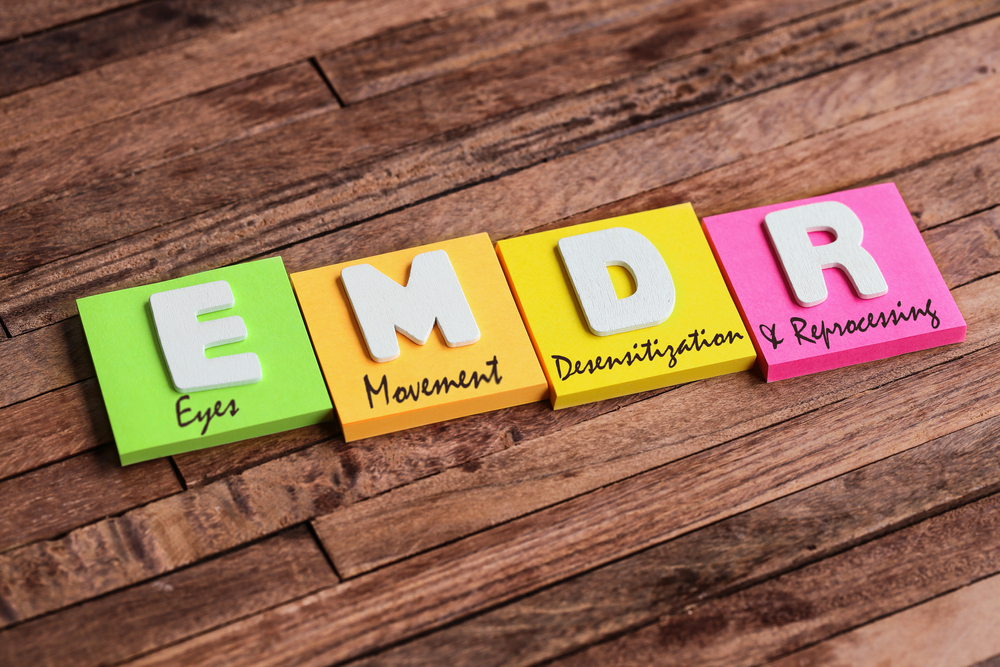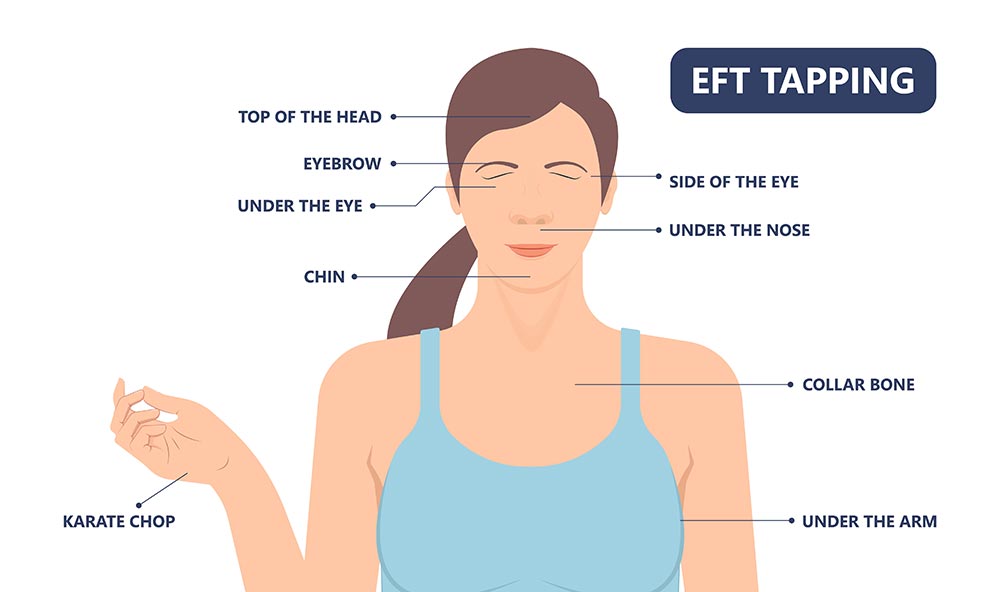
EMDR therapy: What is it & how does it work?
In his documentary series “The Me You Can’t See,” broadcast May 2021, Prince Harry talks about the therapy he has undergone for anxiety, and in the fourth episode, he invites the world to watch his EMDR session. The prince explains how EMDR therapy has helped him address the agony he went through following the death of his mother, Diana, Princess of Wales.
Celebrities such as Evan Rachel Wood, Kate Garraway, Whitney Cummings and Jameela Jamil, have all spoken publicly about how EMDR therapy has helped them deal with a traumatic or horrifying incident, with both Cummings and Jamil going so far as to say “EMDR saved my life.”
But what is EMDR and how does it work?

What is EMDR?
Eye movement desensitisation and reprocessing (EMDR) is a form of psychotherapy that uses bilateral stimulation to help people recover from trauma or other distressing life experiences.
If an individual suffers a shocking, harrowing, or painful event it can make them feel stunned and emotionally paralysed, so their brain is unable to completely process the situation. This can mean they are stuck with a disturbing, powerful memory that they can’t move on from, sometimes experiencing flashbacks or nightmares. Any later recall of the event is with the full impact of when it occurred, often leaving them to once again relive all the sights, sounds, smells, and feelings that went with it.
EMDR aims to help the brain process the memory properly, so it is no longer so extreme. By asking the person to recall the event whilst engaging in a form of bilateral stimulation; moving their eyes side to side or listening to sounds in alternate ears; it seems to unstick the memory and enable the individual to process it normally.
EMDR therapy is recognised by the World Health Organisation (WHO), the American Psychiatric and Psychological associations, and in the UK by the National Institute for Health and Care Excellence (NICE), as an effective treatment for a wide range of mental health conditions.

How does it work?
Other forms of therapy work on adjusting the emotions and behaviours caused by painful experiences, EMDR therapy targets the specific memory to alter the way it is stored in the brain.
EMDR consists of eight phases; history, preparation, assessment, desensitisation, installation, body scan, closure, and evaluation; and happens over a series of 60–90-minute sessions – the number of sessions required is dependent on the individual.
To start with your therapist will take a complete history and talk with you about any trauma you may have suffered, any painful or harrowing experiences that you have been through. Next, they will prepare you to be able to cope with the emotional or psychological stress you may feel by revisiting these memories, this can include learning breathing techniques and mindfulness exercises. The final step before starting the reprocessing is to assess which memories to target.
Once you are ready to begin the reprocessing your therapist will focus on a specific memory. As you recall the memory you will be instructed to follow an object moving from side to side with your eyes; or possibly a sound made to each ear in turn; or it can be done with taps to the back of each hand. During the process the therapist will talk you through the memory asking you to note your feelings, thoughts, and sensations.
The idea is by making you focus on something happening in the present (the moving object, sound or tapping), whilst remembering the distressing experience or event, the mind can reprocess the memory until it is no longer emotionally harmful or distressing.
Whilst EMDR therapy is considered safe and comes with far fewer side effects than prescription medication, it can lead to heighted awareness following a session, which can cause some unsteadiness and intensely vivid dreams.
It doesn’t work overnight so it may take several sessions to treat someone. Therapy, especially at the start, can be stressful as memories and traumatic events are being brought to the surface with heighted focus.
This means it is essential to choose a properly qualified and licensed practitioner. They can help you properly manage any triggers that are unlocked during sessions and correctly process the emotions and feelings that are exposed.

What is EMDR therapy used for?
EMDR was developed by psychologist Francine Shapiro, in the late 1980s, as a therapy method for sufferers of trauma and PTSD – post-traumatic stress disorder. It has been used to help thousands of war and combat veterans, frontline emergency service professionals and survivors of disasters and abuse.
In more recent years it has been proved effective in the treatment of chronic pain, and those struggling with addiction and other mental health conditions including anxiety, depression, eating disorders, panic attacks, phobias, and panic disorders.

Rehab in Spain
Here at the addiction rehab centre, we use eye movement desensitisation and reprocessing alongside counselling and treatments such as transcranial magnetic stimulation (TMS), cognitive behavioural (CBT) and equine-facilitated therapy to help our clients struggling with addiction, compulsive disorders, and mental health issues such as trauma, anxiety, and depression.
Overseeing all the therapeutic care at the rehabilitation clinic is our Medical Director, Dr Manuel Rodriguez. Manuel trained as a physician in Malaga, completing his psychiatric residency at the José Germain Psychiatric Institute in Madrid before carrying out a rotation at the New York Psychiatric Institute.
He is qualified in several models of psychotherapy including relational psychoanalysis, strategic therapy, psychodrama and EMDR, and is highly specialised in caring for patients with addiction and other mental health disorders.
Set on the beautiful island of Ibiza, our luxury rehab centre is an oasis away from the stresses of daily life, the perfect place to start your recovery journey. For details on admissions please contact [email protected]
Share this information, choose your platform!
Has your drinking increased during quarantine? Five signs that it may have got out of control…
As lockdown measures ease, many people are starting to look at the habits and behaviours they picked up during quarantine. If you have found that your consumption of alcohol has increased, then you are not alone. Whilst numerous studies are …
Dopesick – Opioids and Addiction
In the hard-hitting Disney+ drama “Dopesick”, despite there being several fictional characters, the narrative is centred on real-life people and a true story. The series is based on the 2018 non-fiction book by Beth Macy, “Dopesick: Dealers, Doctors and the …
The link between trauma and mental health.
Trauma is more than just an unfortunate event; it’s an experience that can deeply shake a person’s sense of safety and well-being. Traumatic experiences often leave lasting scars on a person’s psyche, influencing their thoughts, emotions, and behaviours. The effects …
5 benefits of transcranial magnetic stimulation or TMS
What is transcranial magnetic stimulation? Or TMS? Transcranial magnetic stimulation (TMS) is a non-invasive form of brain stimulation therapy that has proved effective in the treatment of neurological and mental health conditions such as depression and general anxiety disorder. How …









